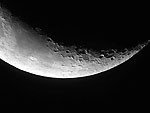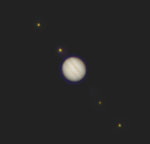AstrophotographyMethod 1 |
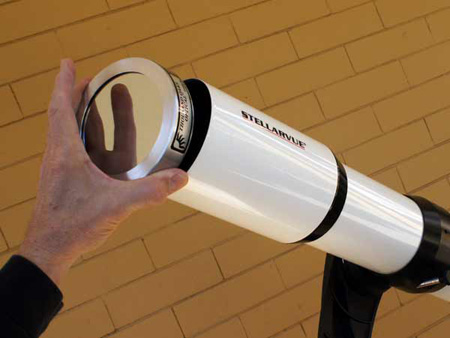 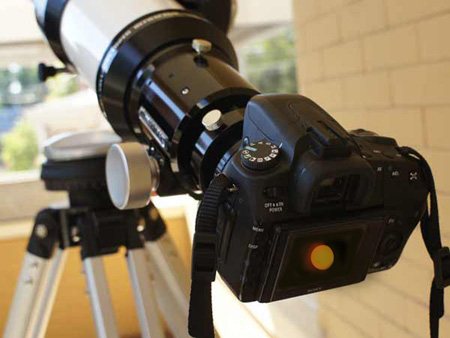 The image will appear on the camera's LCD screen. It's a good idea to use the self-timer to avoid camera or telescope movement. This gives the scope ten seconds to settle down after you let go of the camera. It's also a good idea to use a solar filter on your scope to avoid burning up your camera's sensor. 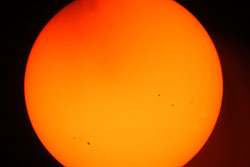 I held my iPhone up the the eyepiece of my telescope to get great images of the sun (with a solar filter) and the moon. This only works well for bright images. You can find a special telescope clamp for the iPhone if you google it. (Click on the sun pix for a larger image). |
 To see how to capture images with a common security camera for public displays, go on to Method 2. To see how to capture images with a common security camera for public displays, go on to Method 2. |
